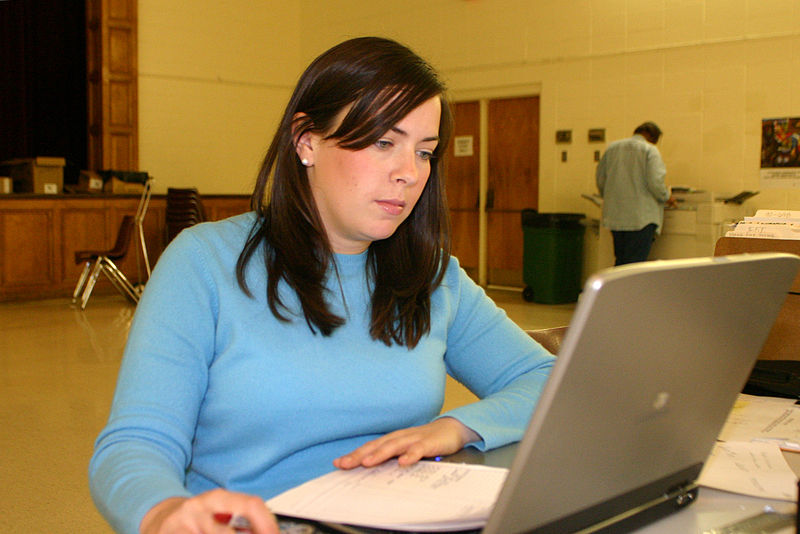
Social media like Facebook and Twitter allows us to stay in touch, virtually anywhere in the world, with friends, family and maybe those acquaintances from school days that we’re just curious about. It also enables the formation of new relationships, from professional contacts to romantic love. It also means that those who engage in social media are no longer anonymous. This is not necessarily a bad thing; however, the consequences can sometimes be less than favorable.
I have become increasingly infuriated of how the Internet has become a new arena for an age old phenomenon – bullying. A couple weeks ago, Amanda Todd took her own life just before her 16th birthday. The chain of events leading to devastating act may have been triggered by someone creating a Facebook profile with a picture of her naked breasts. Earlier this year, Dharun Ravi was sentenced to 30 days in jail for “bias intimidation” connected to Tyler Clementi’s suicide. (Ravi had filmed his roommate Clementi in a sexual act with another man and had encouraged others via Twitter to watch the video).
These are just some examples of bullying and tragedy potentially spurred on by social media. However, I’ve come to realize that virtual communications are a double-edged sword. I recently watched a CBS’ 48 Hours Mystery episode entitled “The Facebook Detectives” that originally aired in May of 2011. It tells the tale of the disappearance of Lisa Stone who has been missing since June of 2010. She is presumed murdered although no one has been formally charged with the crime. During the episode, Stone’s former girlfriend, Sherry Henry, was portrayed as the sole suspect.
It was not Henry who first pushed for an investigation into Stone’s disappearance, but some of her Facebook friends. Stone had been known to actively post on the social media site. When her friends noticed three days had gone by with no Facebook activity, they knew something was drastically wrong. They have even been getting numerous leads from the site. “One of the strongest Facebook clues led them to a creek bed near Lisa’s house – the same place where Sherry Henry was seen running and covered in mud,” stated 48 Hours’ Maureen Maher.
Whether you are a social media fan or foe, it is increasingly being used as a valuable tool by criminal investigators and other law enforcement professionals. “LexisNexis® Risk Solutions today announced the results of a comprehensive survey focused on the impact of social media on law enforcement in criminal investigations,” stated the company’s press release from July 18, 2012. “The survey revealed that currently four out of five respondents use various social media platforms to assist in investigations…”
One example of this is illustrated in an article published on August 24, 2011 by The Record describing how investigator Sergeant Chad Hogan regularly monitors social media sites. “‘You may question a suspect and they will tell you that they don’t do those things or hang out with the people they are being questioned about,’ he said. ‘But, then you go browse their profile and there they are, posting pictures of them doing the very things they said they were not doing or hanging out with the people they said they were not hanging out with’.”
What do you think? Is social media more responsible for provoking tragedies or solving crimes?



